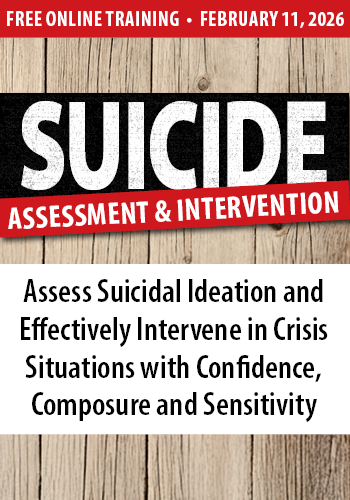Enrol in an online course today for flexible, self-paced learning—no fixed schedule required. Plus, enjoy lifetime access to course materials for convenient revisiting.
Therapy with Refugees: A Question of Interpretation

Photo Credit: Rich Garland
On a daily basis in my therapeutic work, I am reminded of the importance of never making assumptions about what a particular phrase, gesture or word might mean across cultures. For the last two years I have managed a therapy team working with Syrian refugees resettled via the Vulnerable Persons Resettlement Scheme (VPRS) for the Refugee Council in South Yorkshire. Prior to establishing this small team, I managed a torture rehabilitation centre for 14 years.
Despite my work now being entirely focused within the Syrian community, and having learnt so much about the history, culture and political structure of the country, I’ve learnt to be endlessly curious. Sometimes I lazily fall back on my own cultural understanding of what a gesture might mean, and am usually pulled up sharp.
Recently, in a supervision group that I facilitate for my small team of Arabic interpreters, this was again brought into focus. This team specialises in interpreting for the therapy service, and their work is with adults, children, young people and families. They are a sophisticated and skilled team from Libya, the Yemen and Egypt; three women and one man.
In the last year I have noticed that, sometimes, the women interpreters sigh very deeply during a session. It is often during moments when a female client is exploring her ache for home, what she has witnessed during the conflict, or the loss of loved ones. It always happens during painful or traumatic narrative.
It would be normal practice for me to raise my concerns with the interpreter if I thought something was having a negative or blocking impact on the client. But somehow, I kept not raising this in our debriefing sessions. I like to think now that this was because clients never seemed to notice. Yet these deep sighs had quite an effect on me. I worried that the interpreters were being impacted on, and that these sighs were an expression of the pain of the material they were listening to. And of course I worried about the potential impact on the client.
I am always aware that the women who sigh have their own histories to manage as clients explore theirs in the session. At the time of writing, the situations in Libya, Egypt and Yemen are often in my thoughts, and in the debrief these feelings and fears are sometimes explored. I care about the interpreters I work with and the trust and respect we have for each other deepens as we witness our clients’ distress together, day after day.
Finally, after the interpreter team asked for more feedback during the supervision group, I fed back that I was concerned about the sighing. The women in the group began to laugh immediately, while the male interpreter and I looked on. I was told that this is what Arab women do. It shows we are alongside them; they would notice if we didn’t do it. It means we are there.
What followed was an interesting discussion that enabled us to explore the importance of the interpreter being connected to the client, and the subtle cultural expressions of support in Arab culture that I am learning about being helpful, not harmful. The sighing has never blocked a client and, in fact, it seems never to be noticed… perhaps because it is so familiar. It was just me doing the noticing, as well as making assumptions about meaning.
I continued to reflect after the group why I had resisted asking. I suspect now that it was less about the client not noticing, and more about my own struggle to challenge, as I was so keen to support and validate the interpreters’ work. I forgot that to truly work as a partnership that can offer a contained and empathic space for the client, we need that honesty always between us. My interpreters are my voice and also the voice of the client. Their relationships with me and my clients are real. We can only work effectively if we explore our doubts and remain ever curious about each other.
A week or so later, a client described the death of her neighbour’s sons. My interpreter sighed at certain moments, and I realised by the end of the session that I had barely noticed the sighs either. But the client’s eyes held mine throughout, and my interpreter continued to be the gentle and discreet presence she always is.

















